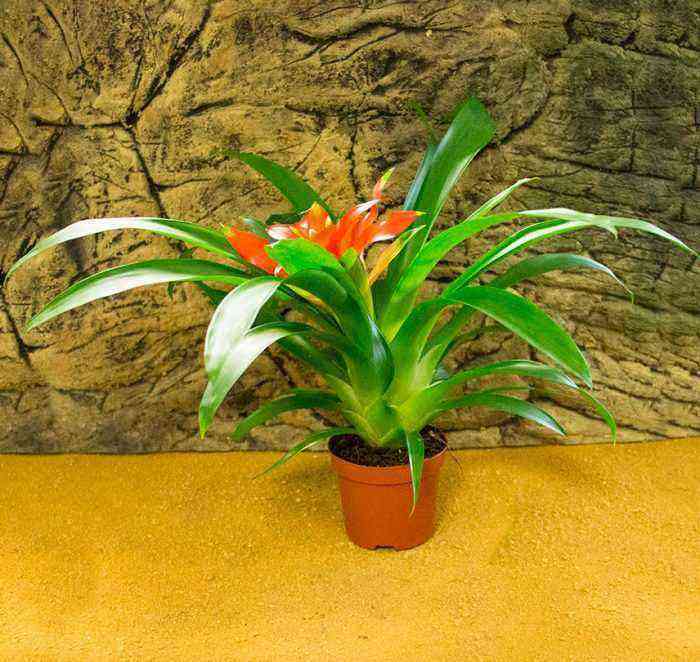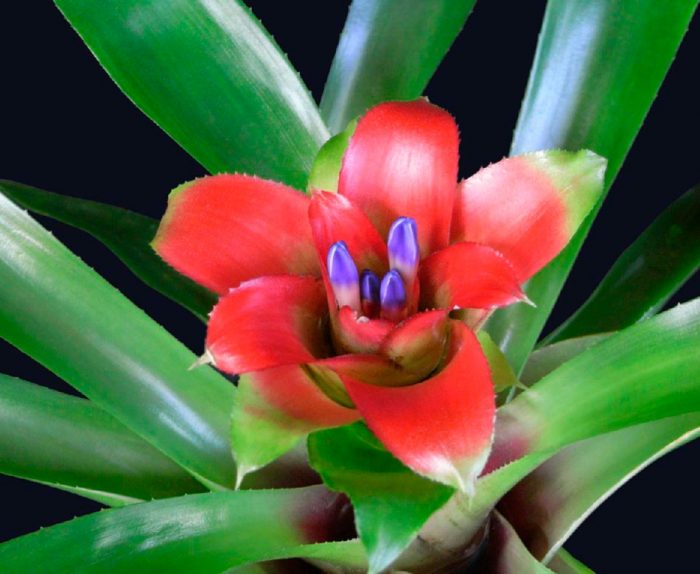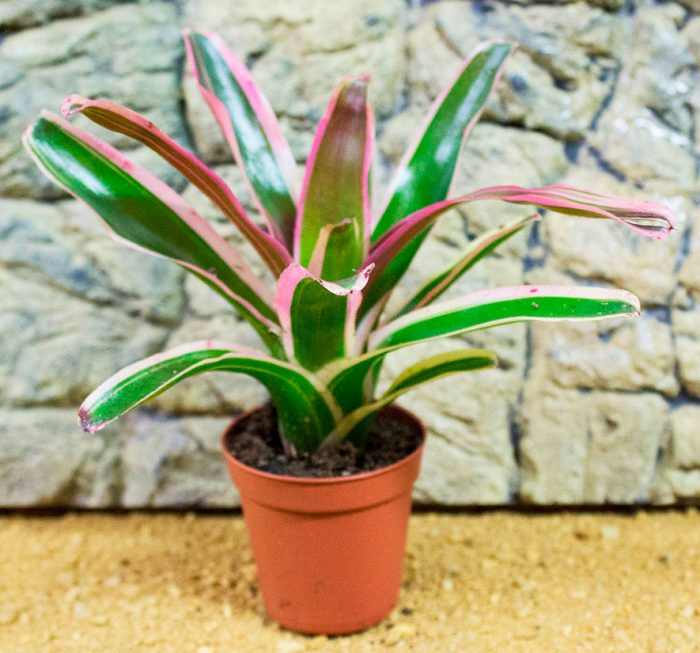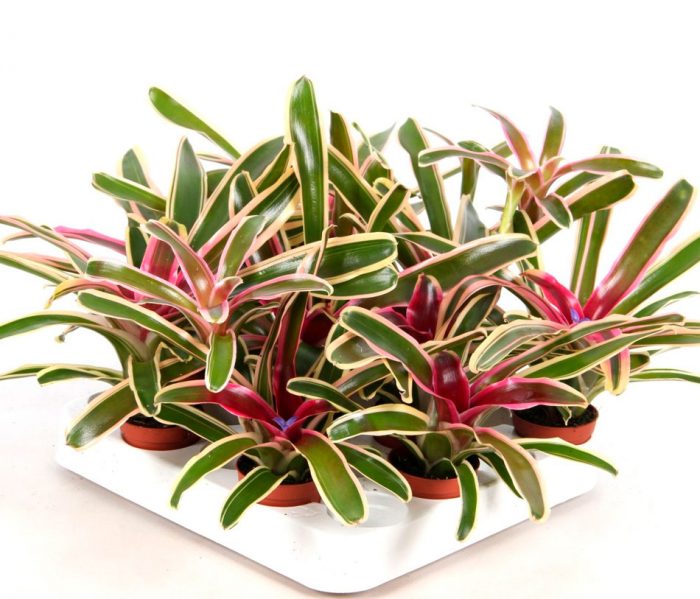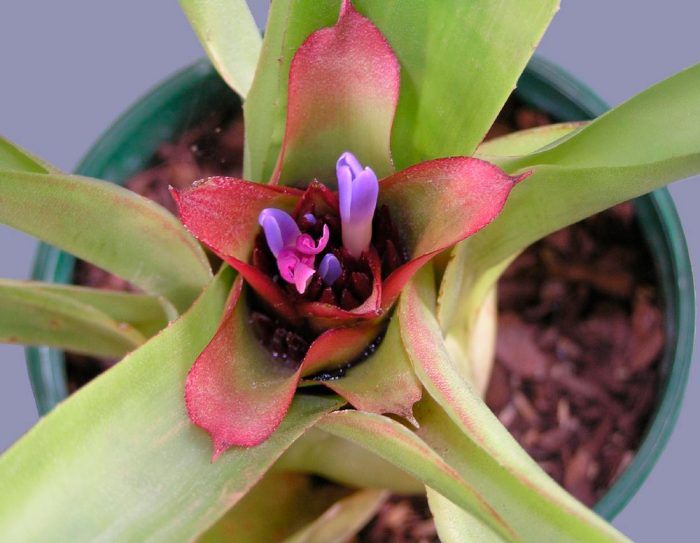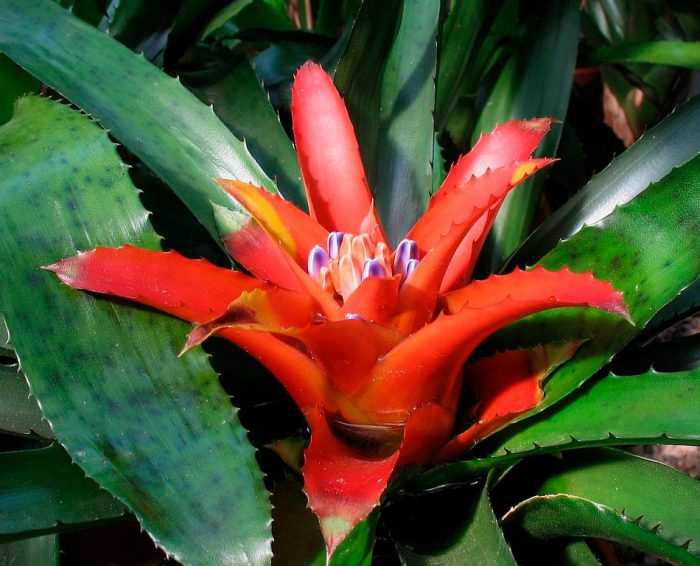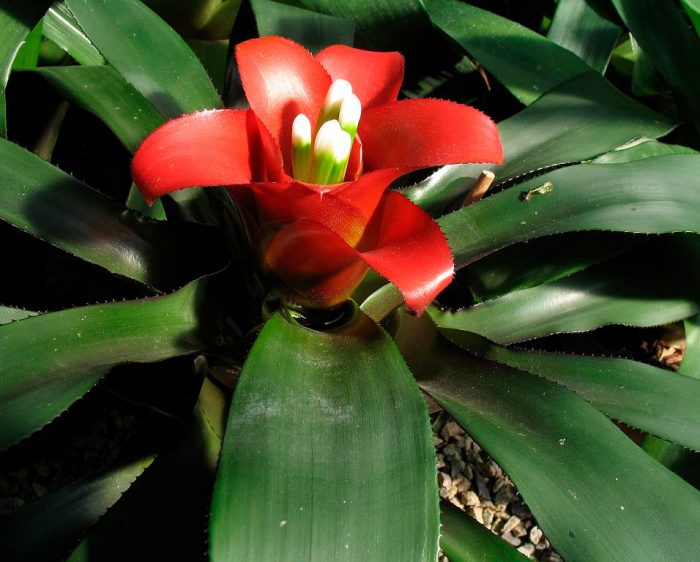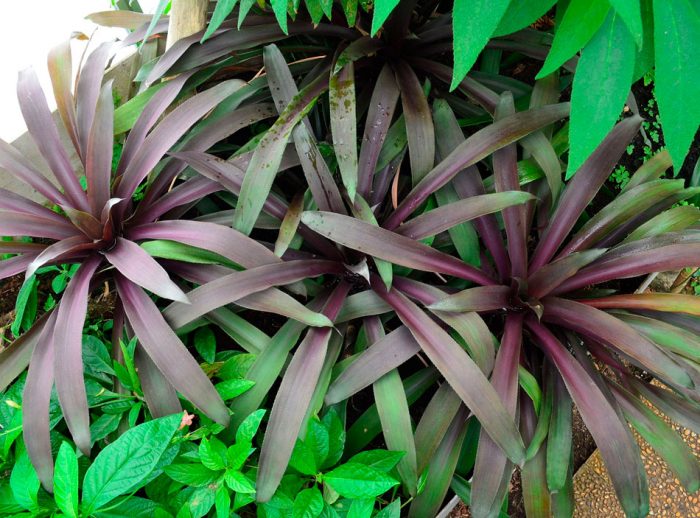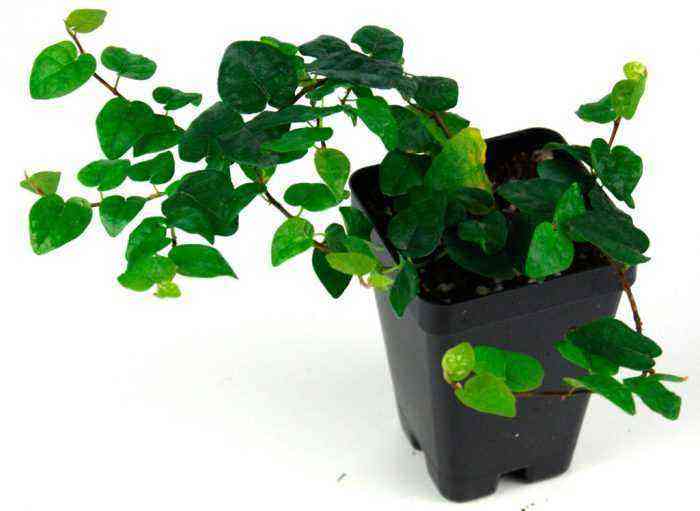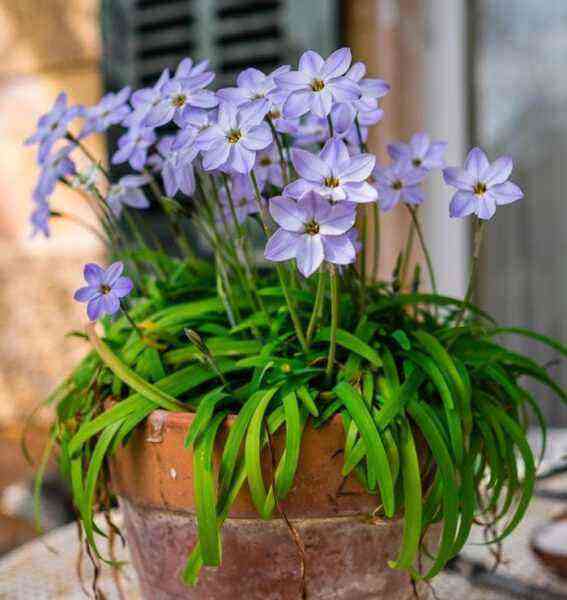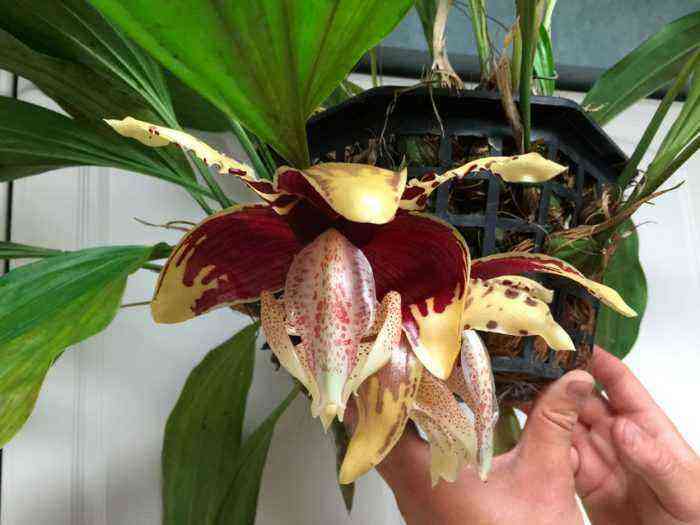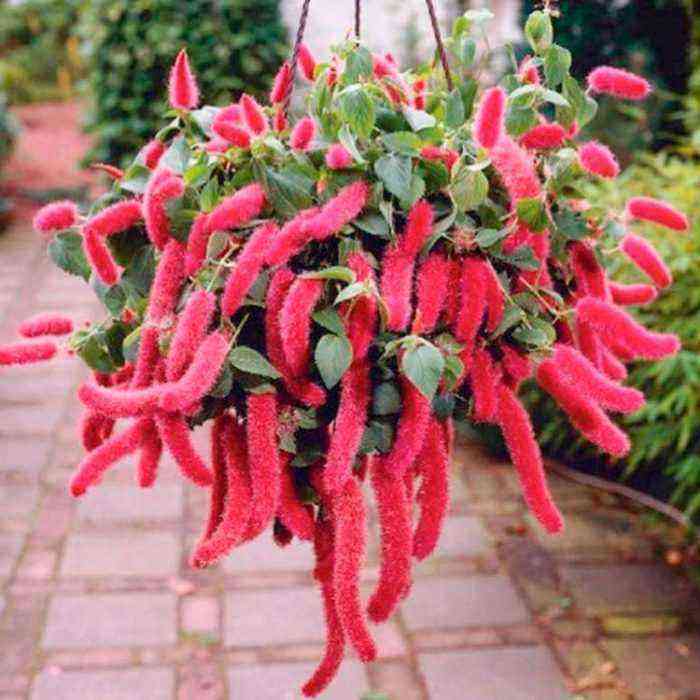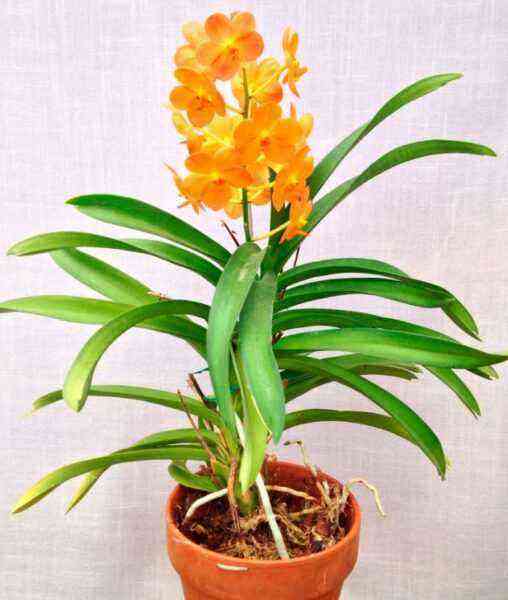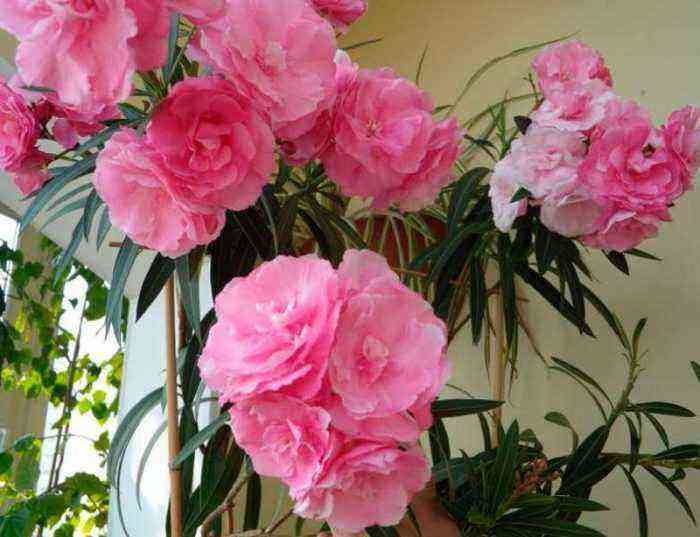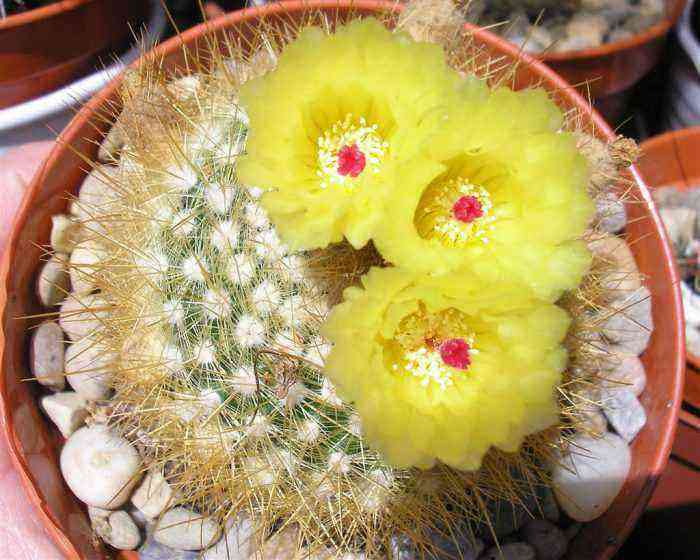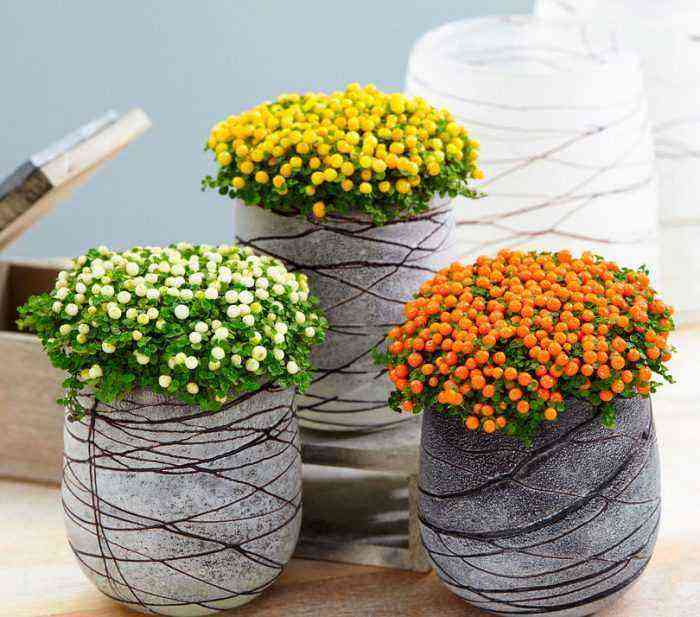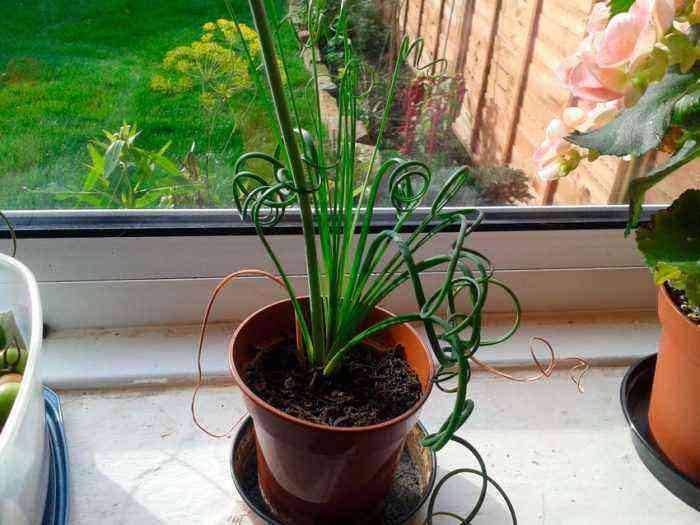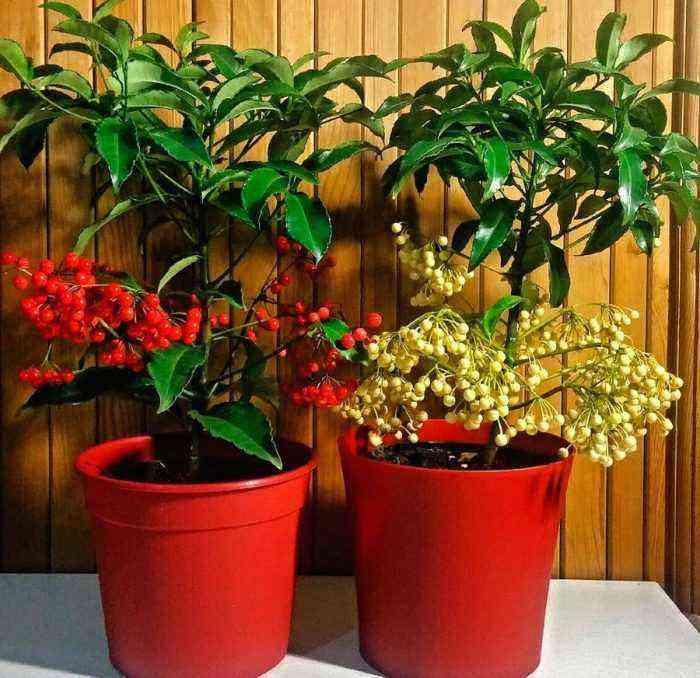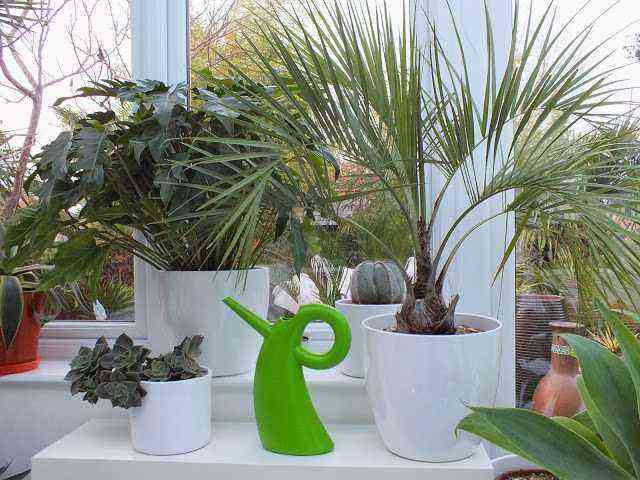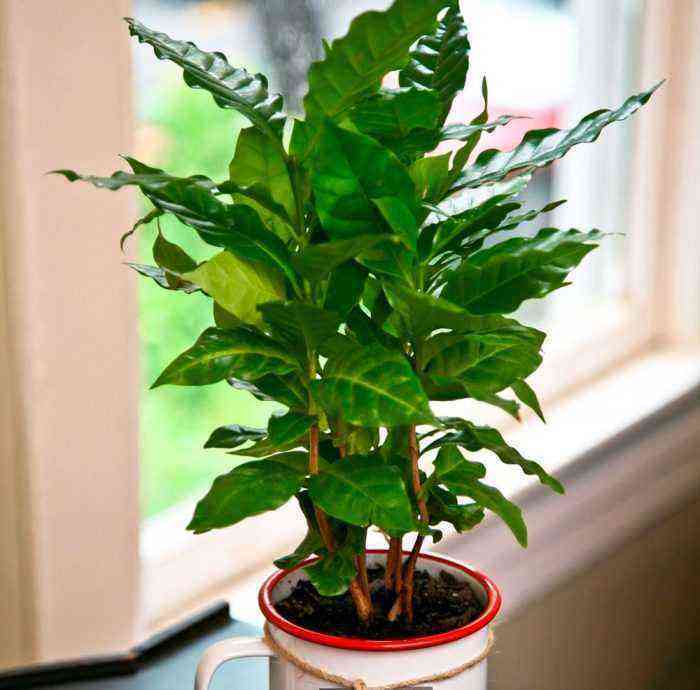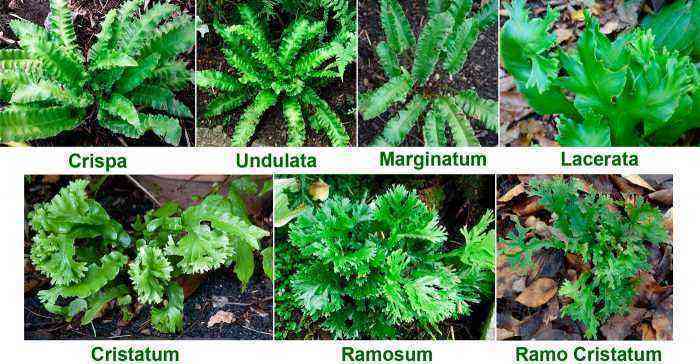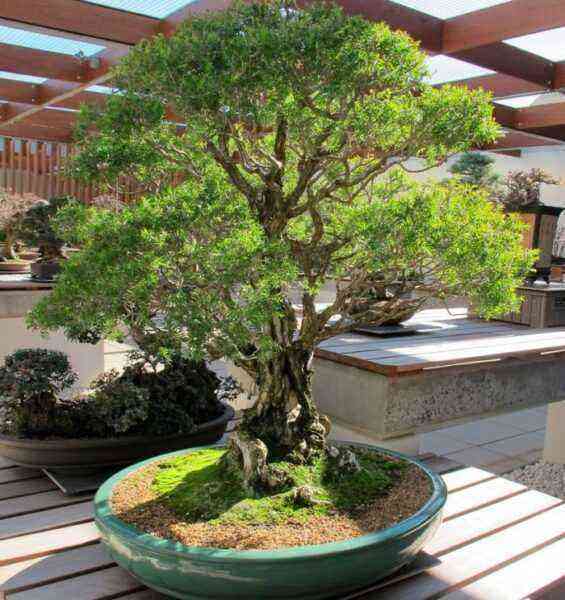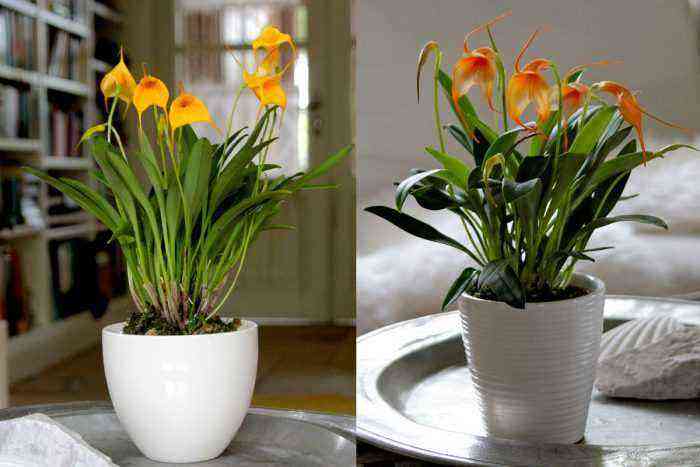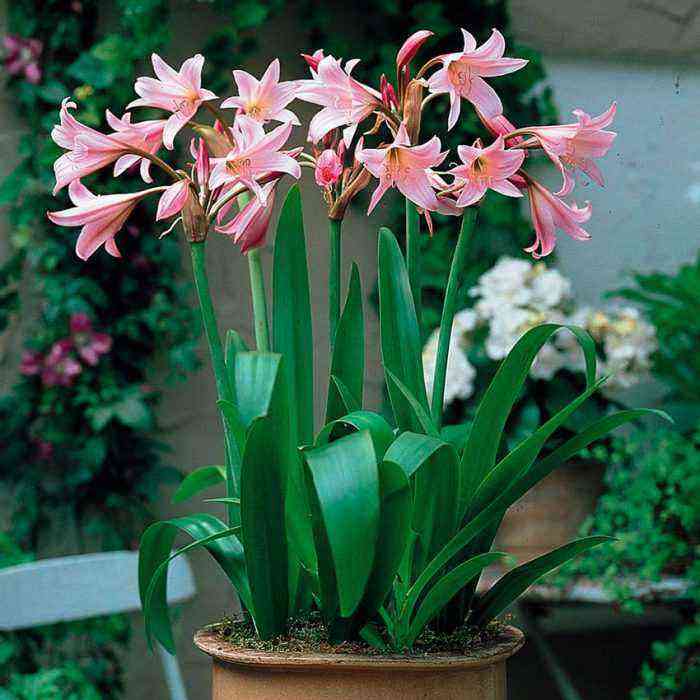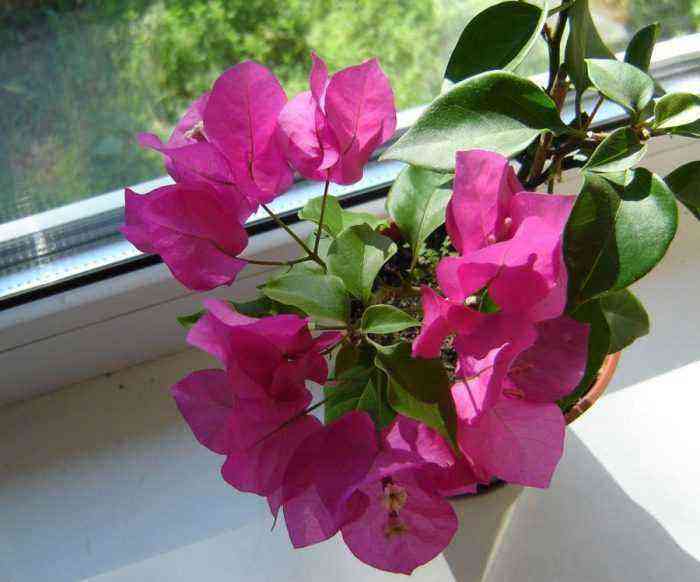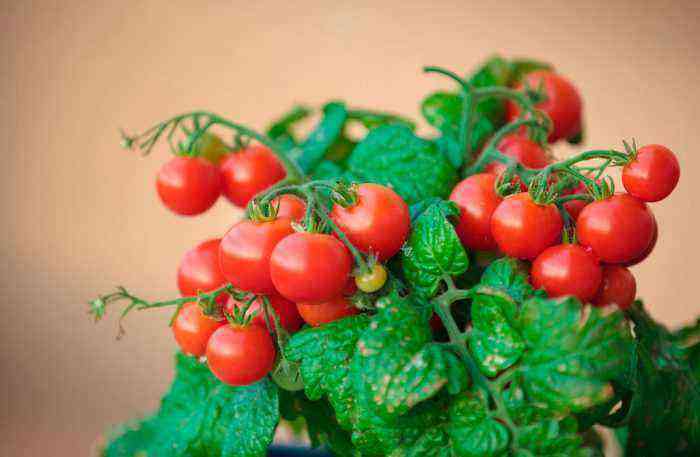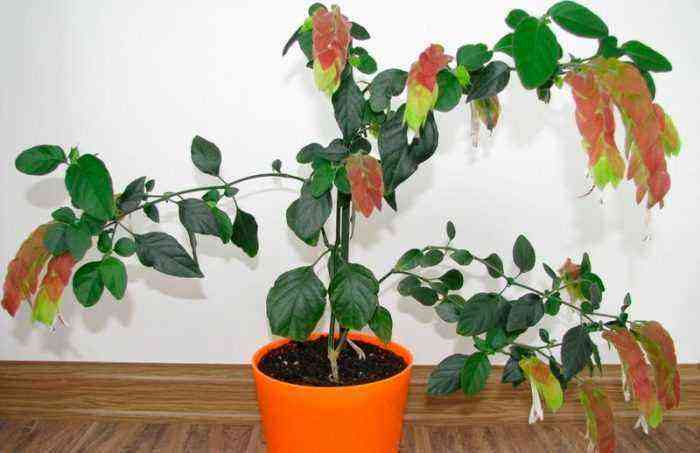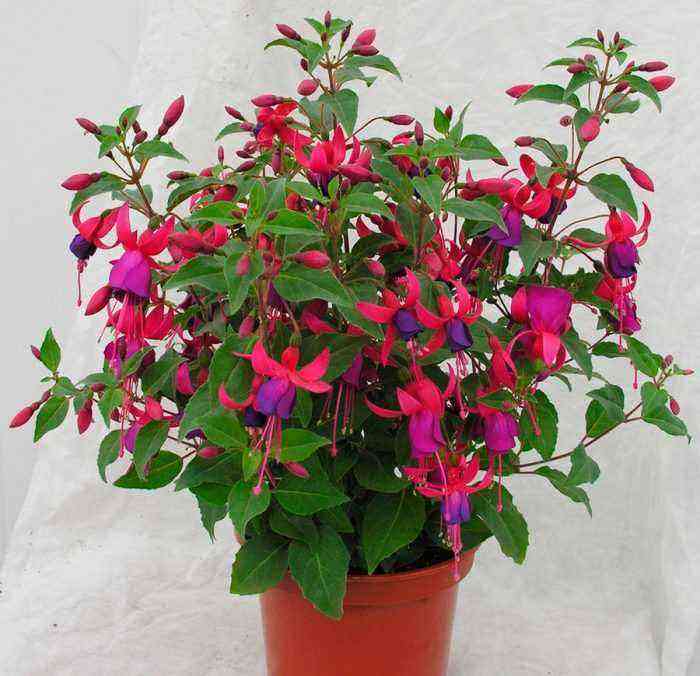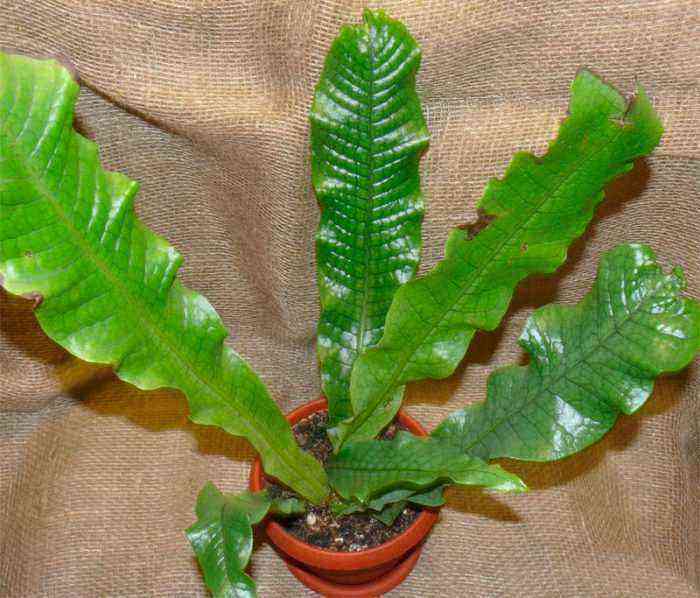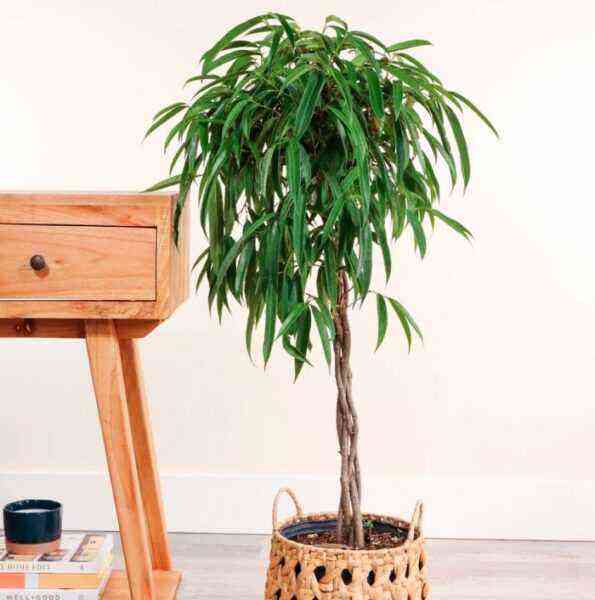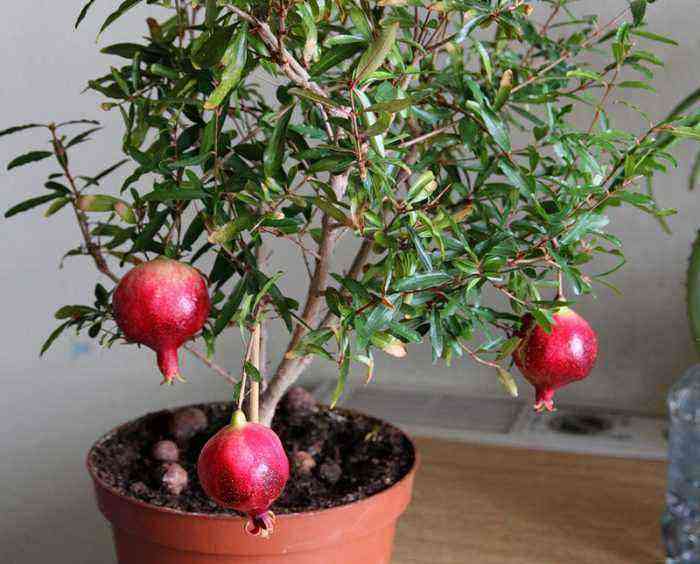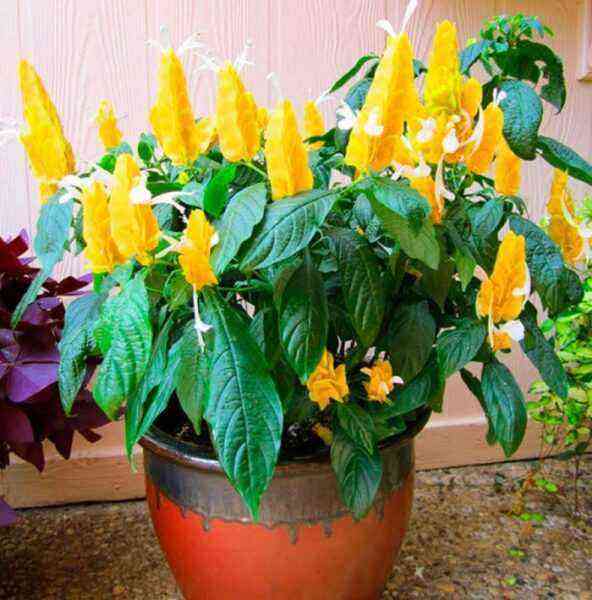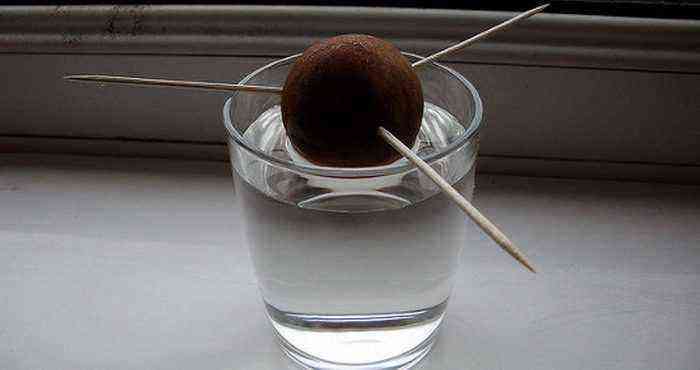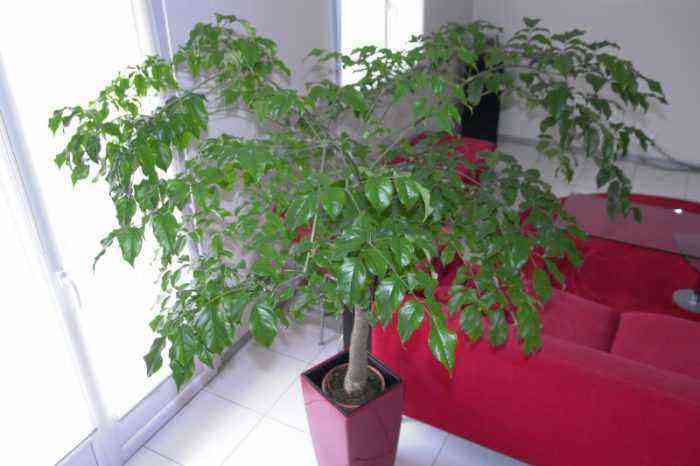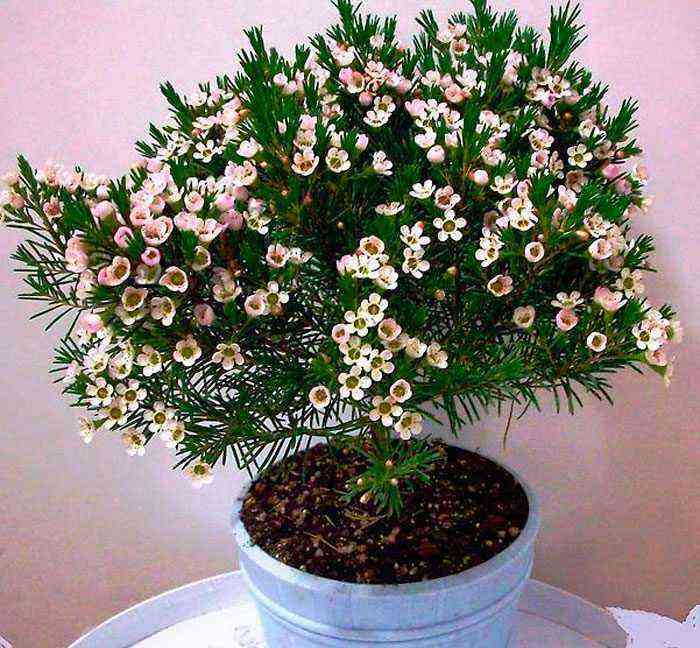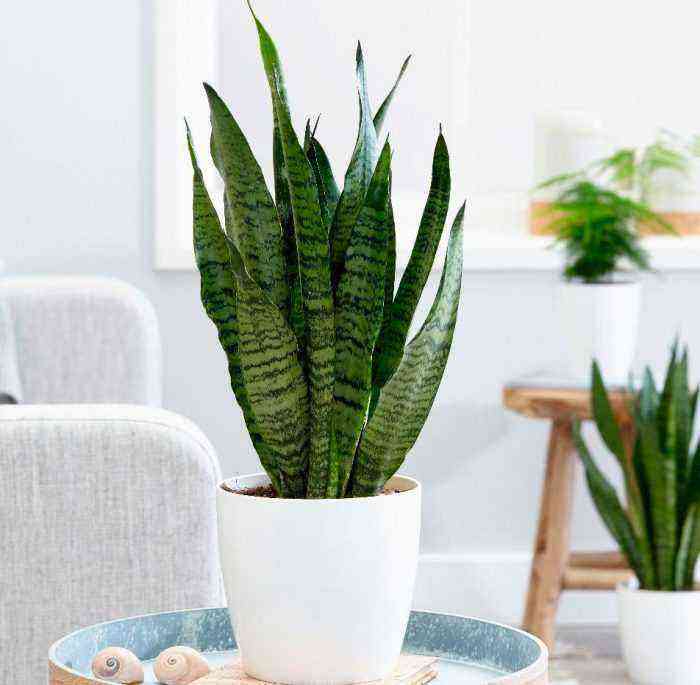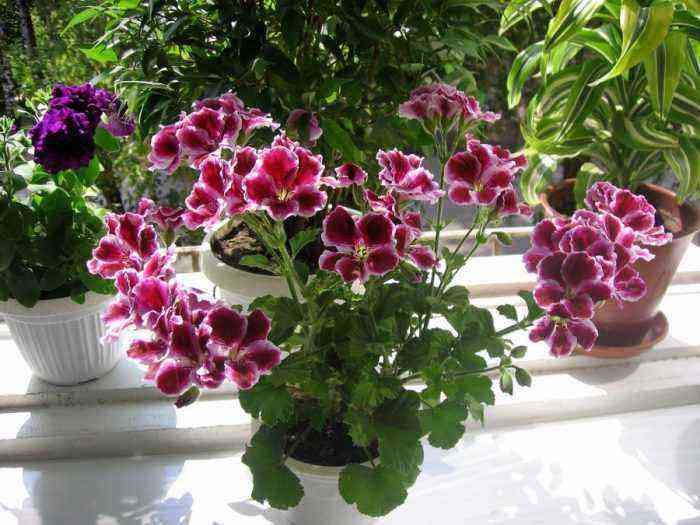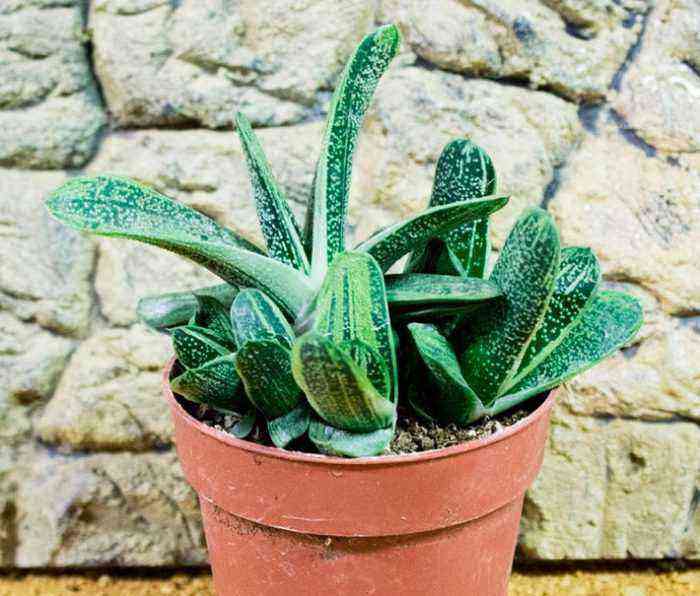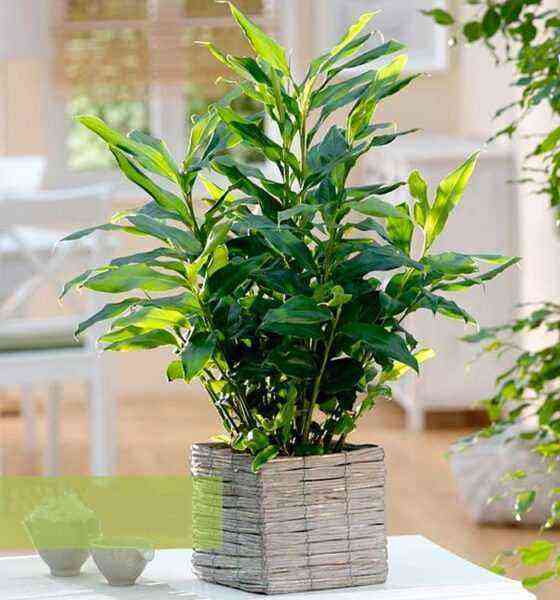Nidularium is native to Brazil and is considered part of the Bromeliad family. This genus unites about 80 species. The name was formed from the word “Nidus”, which means “nest”. This is due to the fact that the inflorescences are formed inside the leaf rosette.
Such a herbaceous perennial is an epiphytic plant, while it completely lacks a stem. Rigid leaf plates of a linear shape are collected in a dense rosette, their edge is prickly-toothed. The stem of the bush is shortened, while the spike-shaped inflorescence, which has the shape of a head, grows from the middle of the rosette. Many sessile large flowers are placed very densely, while their main decoration is red stipules.
In room conditions, such an epiphyte feels best in warmth and with high humidity. In this case, the plant can be used to compose compositions with other crops, and it also looks great alone.
Brief description of cultivation
- Flowering… From the last days of spring to the end of November.
- Illumination… Grows well in light shade, and even in bright diffused sunlight. In winter there is a lot of bright light. If necessary, the plant can be supplemented in winter.
- Temperature conditions… In the spring-summer period – from 20 to 24 degrees, and in winter – from 14 to 17 degrees.
- Watering… From March to mid-October, watering is carried out only after the top layer of the soil mixture dries out. This is done in the morning, while water is poured into the center of the leaf outlet. In the winter months, watering is not carried out; instead, the bush is moistened with a spray bottle. However, if the room is warm (more than 20 degrees), then you can sometimes pour water into the middle of the outlet in the morning.
- Air humidity… Should be high. It is recommended to pour wet pebbles or expanded clay into a deep pallet, and also moisten the bush from a spray bottle several times a day.
- Fertilizer… In May – September, they feed them once a month, using a mineral complex for Bromeliads. When using other mineral fertilizers, take ½ part of the dosage indicated by the manufacturer.
- The rest period… It is not too pronounced.
- Transfer… It is carried out once every 1 or 2 years. Make sure that the root collar is not buried.
- Soil mixture… Suitable for terrestrial species: sand, humus and leafy soil, and also peat (1: 2: 4: 2), also add a small amount of sphagnum moss, coniferous bark, sod soil and charcoal. Epiphytic species: humus soil, pine bark, chopped sphagnum, high moor peat and leafy soil (1: 6: 2: 2: 2), and also add a handful of charcoal and perlite each.
- Reproduction… Offspring and seeds.
- vermin… Mealybugs and scale insects.
- disease… As a result of poor maintenance or inappropriate growing conditions, the plant may not bloom, it develops sunburn or the tops of the leaf plates dry out.
Caring for nidularium at home
Illumination
A home-grown nidularium needs a lot of bright sunlight. However, it must be scattered, protect the bush from direct sunlight. It does well in both light shade and shade, but poor lighting can cause it to not bloom. At noon, the bush standing on the southern windowsill should be shaded from the scorching rays of the sun. On the windowsill of northern orientation, the nidularium will grow well if the rules of care are followed, however, the foliage may become faded, and the bush will not bloom.
A western or eastern window sill is best suited for such a perennial. In the autumn-winter period, the plant also needs a lot of light, and at this time it does not need shading. If the lighting is too poor, then the bush will have to be illuminated, for this you need a fluorescent lamp, which is installed so that it rises above the plant at a distance of about 50 cm. The nidularium is illuminated for at least 8 hours a day.
Temperature conditions
In the spring-summer period, the optimum temperature for the growth of such an epiphyte is from 21 to 24 degrees. At the same time, a cool content is recommended for the plant in winter (from 14 to 17 degrees). The culture is able to withstand a strong drop in air temperature, but it must be short-lived.
Watering
During the growing season, which lasts from early March to mid-October, watering the flower is carried out immediately after the top layer of the soil mixture in the pot dries out. The procedure is carried out in the morning, while water should be poured directly into the leaf funnel.
In winter, the bush does not need to be watered. If the room is less than 20 degrees, then instead of watering the nidularium is regularly moistened from a spray bottle. If the room is warmer than 20 degrees, then the plant is watered, but this is rarely done. To do this, well-settled soft water is poured into the middle of the outlet, the temperature of which should be slightly higher than room temperature.
Air humidity
The plant needs high humidity. If you want to create the most favorable conditions for growth and development for it, then it should be grown in a humid terrarium or greenhouse. When grown indoors, the flower is moistened with a sprayer several times a day. It is also recommended to fill a deep pallet with wet expanded clay or pebbles, and then place a flower pot on top. The bottom of the container must not come into contact with water. Also, remember to systematically remove dust from foliage using a slightly damp soft cloth or sponge. Do not use wax to shine the foliage as it can damage the plant.
Fertilizer
Top dressing is carried out in spring and summer with a frequency of 1 time in 4 weeks. To do this, use a special fertilizer for Bromeliads. If mineral complexes for other domestic plants are used for feeding, then the dosage recommended by the manufacturer should be halved.
Just before feeding, the flower should be watered. The nutrient solution is poured into the center of the rosette. Choose a fertilizer for nidularium where there is a minimum amount of nitrogen, otherwise it may die.
Nidularium transplant
The transplant is carried out only if necessary, on average – once every 1 or 2 years. Make sure that the root collar of the transplanted bush is not buried, as this can lead to rot and death of the plant.
A drainage layer must be placed on the bottom of the new container, the height of which should be equal to 1/3 of the total height of the pot. For transplanting epiphytic species, a soil mixture is used, consisting of high peat, leafy and humus soil, chopped sphagnum and chopped pine bark (2: 2: 1: 2: 6). Also, a little perlite and charcoal are poured into the mixture.
For the cultivation of terrestrial species of nidularium, a substrate of peat, humus and leafy soil, and also sand (2: 2: 4: 1) is used. Also, a little charcoal, coniferous bark, sod soil and sphagnum moss should be added to the substrate. For planting, use shallow and relatively wide containers.
Methods of reproduction
Cultivation from seeds
Indoor nidularium can be grown from seed. For sowing, use a mixture of sand with peat or sand with sphagnum moss. First, prepare the seed, for this it is washed in a pinkish solution of potassium manganese, and then dried.
Crops should be kept warm (about 24 degrees). They are provided with regular spraying and ventilation. Seedlings should appear in 15–20 days. And after 2 months, a picking of the seedlings should be carried out, for this a soil mixture consisting of sod and leafy soil, and also peat (1: 2: 4) is suitable. When another 6 months have passed, the plant can be planted in individual containers. If you take care of the plants correctly, then after 3 or 4 years they should bloom for the first time.
Reproduction by offspring
When the bush fades, it dies off. As soon as this happens, buds of the bush’s restoration are formed at the base, from which a large number of offspring appear. Their roots will grow back after 6–8 weeks, and up to 4 leaf plates are formed.
Carefully cut off the formed offspring along with the roots and plant in a container filled with a mixture of sand, leafy soil and pine bark (1: 3: 1) or sphagnum moss. You can also use a substrate consisting of peat, sod, leafy and humus soil, and also sand (2: 2: 2: 2: 1).
After disembarkation, the offspring is covered with a transparent plastic bag or glass jar on top. Put it in a warm place – about 25-27 degrees. When the bush takes root and starts growing, it is provided with the same care as an adult flower.
Possible problems
With improper care or violation of the rules of keeping with a room nidularium, problems such as:
- Spots appeared on the foliage… In direct sunlight, burns appear on the leaf plates in the form of brownish specks. Move the bush to a more suitable location or provide diffused light.
- The tips of the foliage turn brown… This can happen due to excessively low air humidity. Be sure to moisturize the bush during the summer. And also such a problem may be associated with the use of hard water for irrigation or with the fact that water does not get into the middle of the leaf outlet.
- Lack of flowering… The death of a bush that has never bloomed may be due to the fact that moisture regularly stagnated in the soil mixture. A faded bush must definitely die out.
- vermin… Most often, the scale and mealybug settle on the plant.
Types of nidularium with a photo
Nidularium billbergioides
This epiphytic species is found in the forests of Brazil. Up to 16 leaf plates are formed on the bush, forming a funnel-shaped rosette. Wide linear leaf plates of a deep green color at the base are narrowed, and at the end they have a sharpness. The plate is finely serrated along the edge. The foliage is about 0,7 m long and up to 40 mm wide.
During flowering, a thin, erect peduncle is formed. The length of the complex capitate inflorescence is about 80 mm, it consists of 5-6 flowers, which are represented by spikelets of few flowers. Lemon-yellow inflorescence leaves are about 70 mm long, they completely cover the inflorescence. The flowers are about 30 mm long. The green sepals have grown in half, and the white petals are up to 20 mm long. The species blooms from May to December.
Nidularium brilliant (Nidularium fulgens)
This epiphyte is native to the tropics of Brazil, and it prefers to grow in humid forests. A dense leaf rosette consists of 15–20 belt-shaped leaf plates. In width, they reach up to 30 mm, and in length – about 30 cm. Their front surface is smooth greenish and decorated with spots. The lower surface of the foliage is of a lighter shade, along the edge there are brown thorns, which are curved upward, their length is 40 mm. Smaller central thorns, before the bush blooms, change their color to fiery red. The color of the flowers is lilac-purple.
Nidularium innocentii
This epiphyte is found in the moist forests of Brazil at an altitude of about 800 m above sea level. The spreading rosette consists of a large number of sheet plates, the length of which is about 0,6 m, and the width is up to 55 mm. The rounded foliage has a sharp point at the top, it is smooth, and there are thorns at the edge. The front surface is dark green with a reddish tint, and the back is a dark beetroot shade.
The maximum composition of the inflorescence is six ears-flowers. Above them are large red adherent leaves, brownish at the top, and thorns are located along the edge. The length of the flowers is about 60 mm, and the length of the white or reddish naked sepals is up to 30 mm. White petals grow together. Flowering begins in June and ends in December.
Nidularium purpureum
In nature, the species is found in the forests of Brazil at an altitude of about 800 meters above sea level. The plant differs from the previous species in that its foliage is narrower and longer, and on its surface there is a layer of white scales. The spike-flowers (up to 50 mm long) are covered with longer brown-red inflorescence leaves, the shape of which is wide-oval, their edge is finely serrated. Red, keeled sepals grow together by 1/3 part. The length of the obtuse red petals is about 30 mm, they grow together by ¾. The species blooms from March to July. There is a variety of albiflorum with white flowers.
